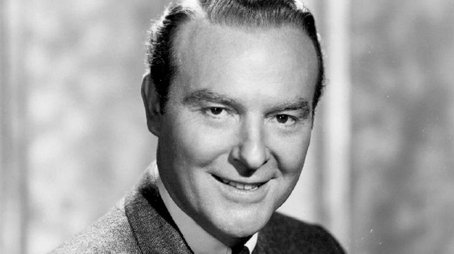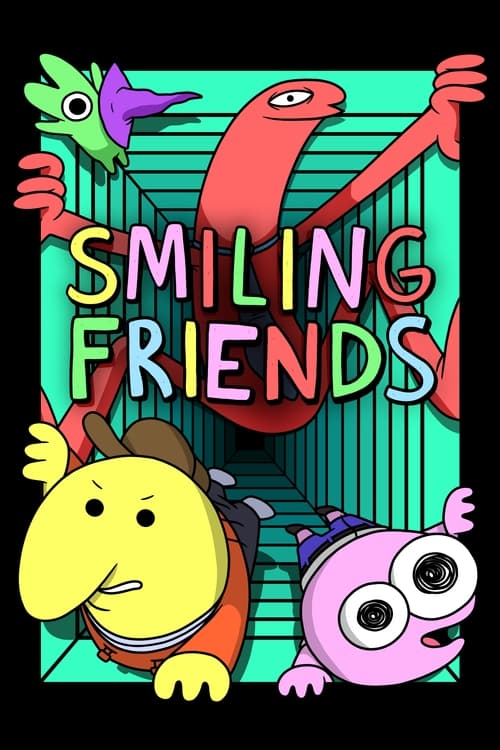
Ask Your Own Question
What is the plot?
"This Is Your Life" is a television show that aired in 1952, featuring a unique format where the life story of a guest is recounted through surprise appearances and heartfelt tributes from friends, family, and colleagues. Each episode centers around a different individual, and the structure remains consistent throughout the series.
The show begins with the host, Ralph Edwards, introducing the guest of honor, who is often unaware of the surprise awaiting them. The guest is typically brought on stage under the pretense of participating in a different event or interview. As the guest is seated, the atmosphere is filled with anticipation and excitement.
Once the guest is revealed, Ralph Edwards engages them in conversation, prompting them to share memories and anecdotes from their life. The host skillfully guides the discussion, allowing the guest to reflect on their past experiences, achievements, and challenges. The emotional tone is often nostalgic, as the guest recounts significant moments that shaped their life.
As the episode progresses, the format introduces surprise guests who appear to share their own stories and connections to the main guest. These individuals often include family members, childhood friends, mentors, or colleagues who have played pivotal roles in the guest's life. Each surprise appearance is met with emotional reactions, ranging from joy to tears, as the guest reconnects with people who have impacted their journey.
The show also incorporates visual elements, such as photographs and video clips, which are displayed on screens to enhance the storytelling. These visuals serve as a backdrop to the narratives being shared, allowing the audience to see the guest's life milestones, such as graduations, weddings, and career highlights.
Throughout the episode, the guest's emotional state fluctuates as they navigate through memories of triumph and hardship. The revelations often lead to moments of reflection, where the guest expresses gratitude for the people who have supported them along the way. The atmosphere is charged with sentimentality, as the audience witnesses the profound impact of relationships on the guest's life.
As the episode nears its conclusion, Ralph Edwards typically summarizes the key themes of the guest's life, highlighting their accomplishments and the love they have received from those around them. The final moments often culminate in a heartfelt message from the guest, expressing their feelings about the journey they have shared and the importance of the connections they have made.
The show wraps up with a final tribute, where the guest is celebrated for their life story, leaving both the guest and the audience with a sense of closure and appreciation for the experiences that have shaped them. The emotional resonance of the episode lingers, as viewers are reminded of the power of storytelling and the significance of personal connections.
What is the ending?
This Is Your Life, produced in 1952, does not have a traditional narrative structure with a defined ending like a scripted drama or film. Instead, it is a television series that celebrates the lives of individuals by surprising them with a retrospective of their life stories, featuring friends, family, and colleagues. Each episode concludes with an emotional reunion and reflections on the individual's life journey.
In a more detailed narrative fashion, the show typically unfolds as follows:
The episode begins with the host, Ralph Edwards, introducing the unsuspecting guest of honor, who is often a person of notable achievement or a beloved community member. The atmosphere is filled with anticipation as the audience is informed that the guest's life will be celebrated through various segments.
As the show progresses, Ralph reveals significant moments from the guest's past, often starting with their childhood. Photographs and video clips are shown, evoking nostalgia and emotion. The guest's family members, friends, and colleagues are brought on stage to share their memories, each story adding layers to the guest's character. The audience witnesses heartfelt reunions, with tears of joy and laughter as the guest reconnects with people who have played pivotal roles in their life.
In one segment, the guest might be surprised by a childhood friend who recounts a humorous or touching story, prompting laughter and sometimes tears from the guest. The emotional weight of these stories often leads to moments of reflection, where the guest expresses gratitude for the relationships and experiences that have shaped them.
As the episode nears its conclusion, Ralph Edwards typically invites the guest to share their thoughts. The guest often reflects on their journey, expressing appreciation for the people who have supported them and the lessons learned along the way. This moment is filled with sincerity, as the guest acknowledges the impact of their life experiences.
The final scene usually culminates in a heartfelt message from the guest, often emphasizing themes of love, friendship, and the importance of community. The audience is left with a sense of closure, having witnessed a celebration of life that honors the guest's journey and the connections they have made.
In summary, the ending of This Is Your Life is not a traditional narrative conclusion but rather a culmination of emotional reunions and reflections that celebrate the guest's life, leaving both the guest and the audience with a profound sense of appreciation for the shared human experience. Each participant, whether a family member or friend, leaves the stage with a renewed sense of connection, while the guest often walks away with a deeper understanding of their own life story and the relationships that have defined it.
Is there a post-credit scene?
"This Is Your Life," produced in 1952, did not feature post-credit scenes as we understand them today. The format of the show was centered around celebrating the life of a specific individual, often a notable figure, by surprising them with a retrospective of their life through stories, photographs, and appearances from friends, family, and colleagues.
Each episode concluded with the host, Ralph Edwards, summarizing the highlights of the honoree's life and expressing gratitude to those who contributed to the episode. The emotional weight of the show often left viewers with a sense of closure and reflection on the life being celebrated, but there were no additional scenes or content after the main segment ended. The focus remained on the heartfelt tributes and the emotional reactions of the guest of honor, making each episode a poignant and memorable experience without the need for a post-credit scene.
Who were some of the notable guests featured on This Is Your Life in 1952?
In 1952, notable guests included celebrities such as actor James Cagney, singer and actress Judy Garland, and baseball legend Joe DiMaggio. Each episode would surprise the guest with tributes from friends, family, and colleagues.
What was the format of the show and how did it unfold for the guests?
The format of 'This Is Your Life' involved host Ralph Edwards surprising a guest, revealing their life story through a series of anecdotes, photographs, and appearances by significant people from their past. The emotional journey often included heartfelt reunions and reflections.
How did the guests typically react to the surprises during their episodes?
Guests often displayed a range of emotions from shock and disbelief to joy and nostalgia. Many were visibly moved, shedding tears as they were reunited with loved ones or reminded of pivotal moments in their lives.
What role did Ralph Edwards play in the storytelling of the show?
Ralph Edwards served as the charismatic host and narrator, guiding the audience through the guest's life story. His warm demeanor and genuine enthusiasm helped create an intimate atmosphere, making the emotional revelations more impactful.
What types of stories were commonly shared by the guests on the show?
Guests shared a variety of personal stories, including tales of hardship, triumph, and significant life events. These narratives often highlighted their journeys to success, the influence of family and friends, and moments of serendipity that shaped their lives.
Is this family friendly?
"This Is Your Life," produced in 1952, is generally considered family-friendly. The show focuses on celebrating the lives of individuals by surprising them with tributes from family, friends, and colleagues. However, there are a few aspects that might be sensitive for children or more sensitive viewers:
-
Emotional Reactions: The show often elicits strong emotional responses, including tears of joy and nostalgia. Some segments may touch on themes of loss or hardship, which could be upsetting for younger viewers.
-
Personal Stories: Guests share personal anecdotes that may include difficult life experiences, such as struggles with illness, loss of loved ones, or overcoming adversity. These stories, while inspiring, can also be poignant and may evoke sadness.
-
Surprise Element: The surprise nature of the show can be overwhelming for some individuals, especially if they are not comfortable with public displays of emotion or attention.
-
Historical Context: Some stories may reference historical events or societal issues that could be complex or distressing for children to understand fully.
Overall, while the show is designed to celebrate life and achievements, the emotional depth and personal stories shared may require some parental guidance for younger viewers.











